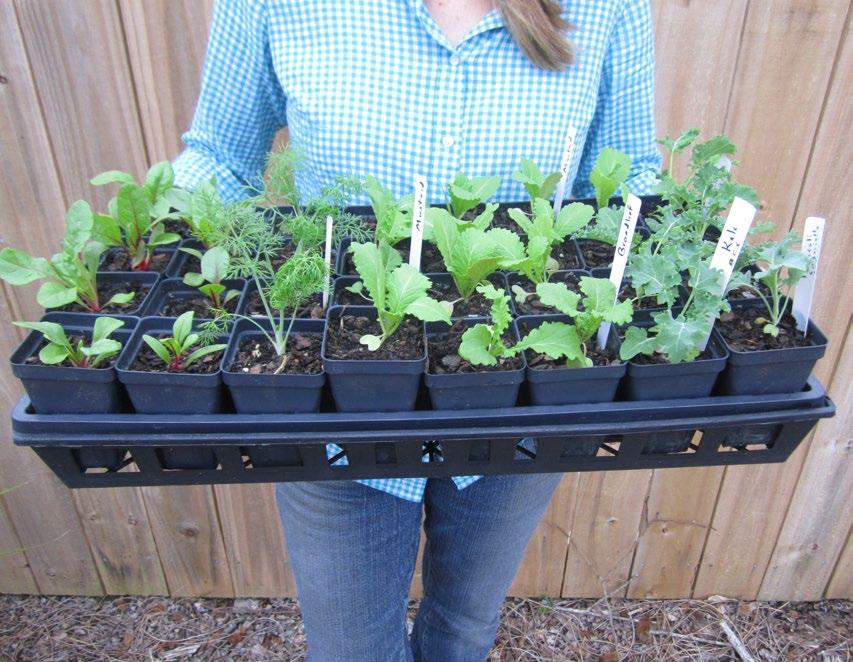AMR to build Pensacola’s First Tiny Home Community
by Dakota Parks
In the aftermath of the 2008 housing market crash, tiny homes built on mobile flatbed trailers shot up in popularity. Consequently, the RV Industry Association reported a spike in sales and soon #vanlife spread across social media as more and more people became disenfranchised with the current housing affordability crisis. As the tiny living architectural and social movement grew in popularity, West Coast cities like Seattle, WA and Eugene, OR created tiny home communities as transitional housing for their homeless populations. Pensacola is currently making strides with the Affordable Housing Task Force concluding its meetings in August to send a final report to the City Council to vote on creating 500 Homes in five years. Escambia County has also implemented its Workforce Housing initiative. AMR is set to create the first tiny home community in Pensacola as another avenue for affordable housing.
AMR at Pensacola, Inc. is a nonprofit organization and statecertified Community Housing Development Organization that has been involved in the development and management of more than 130 affordable homes in Escambia County since 1989. Its main mission is to provide affordable housing for individuals and families with low-to-moderate income by renovating existing buildings to create safe and sustainable housing. “The Phoenix Project,” however, is seeking to create 14 tiny home communities consisting of 12 homes each in a scatter-site model that aims to lessen poverty concentration in neighborhoods by spreading housing throughout the city. Maggie Davis, a consultant on the project, explained the overarching goal for the project: “Ultimately, AMR is focused on a ‘housing first’
model. So, the goal is to not only get people into low income housing at a fraction of the cost of traditional low-income housing projects but to also help them overcome barriers to become self-sufficient. It is community focused to allow people to have consistent social support. But it doesn’t stop at housing— the tiny home communities are about meeting the unique needs and goals of residents too.” Housing first models prioritize providing temporary or permanent housing and allow people to meet their basic necessities before focusing on career or educational attainment, budgeting or attending to physical or mental health needs. Part of that social support for the project includes a shared on-site community center that will allow AMR to provide shared services and case management to residents such OCTOBER '20
33






